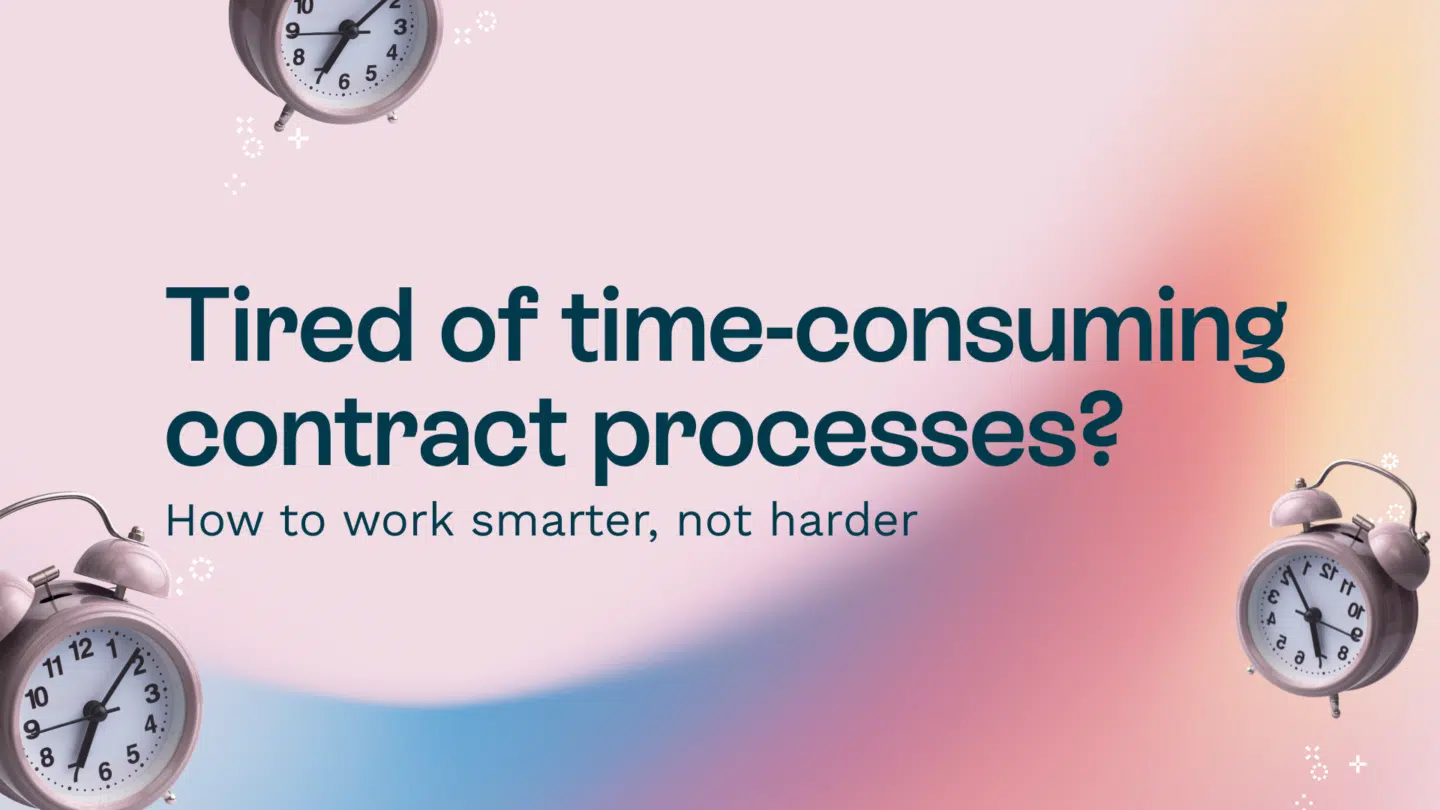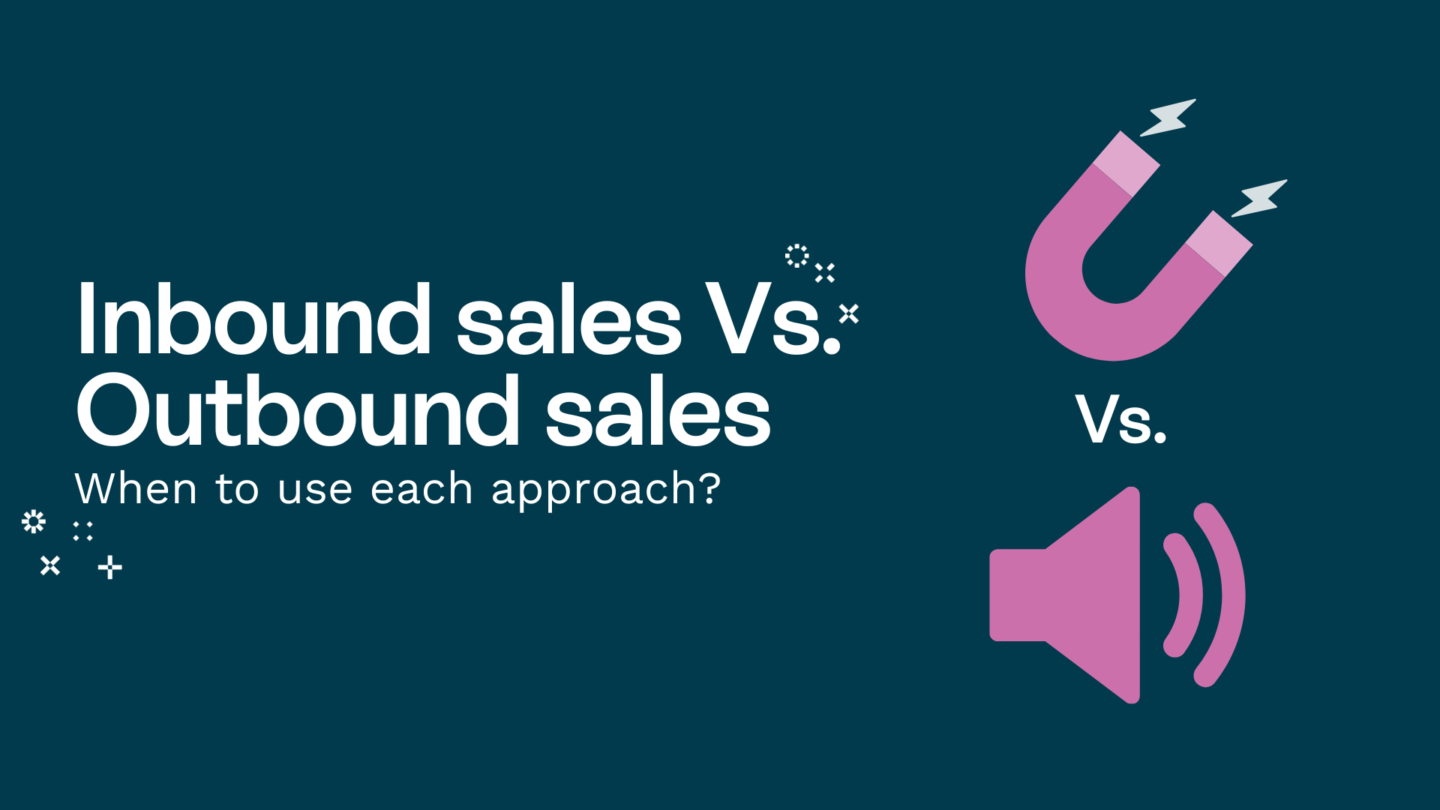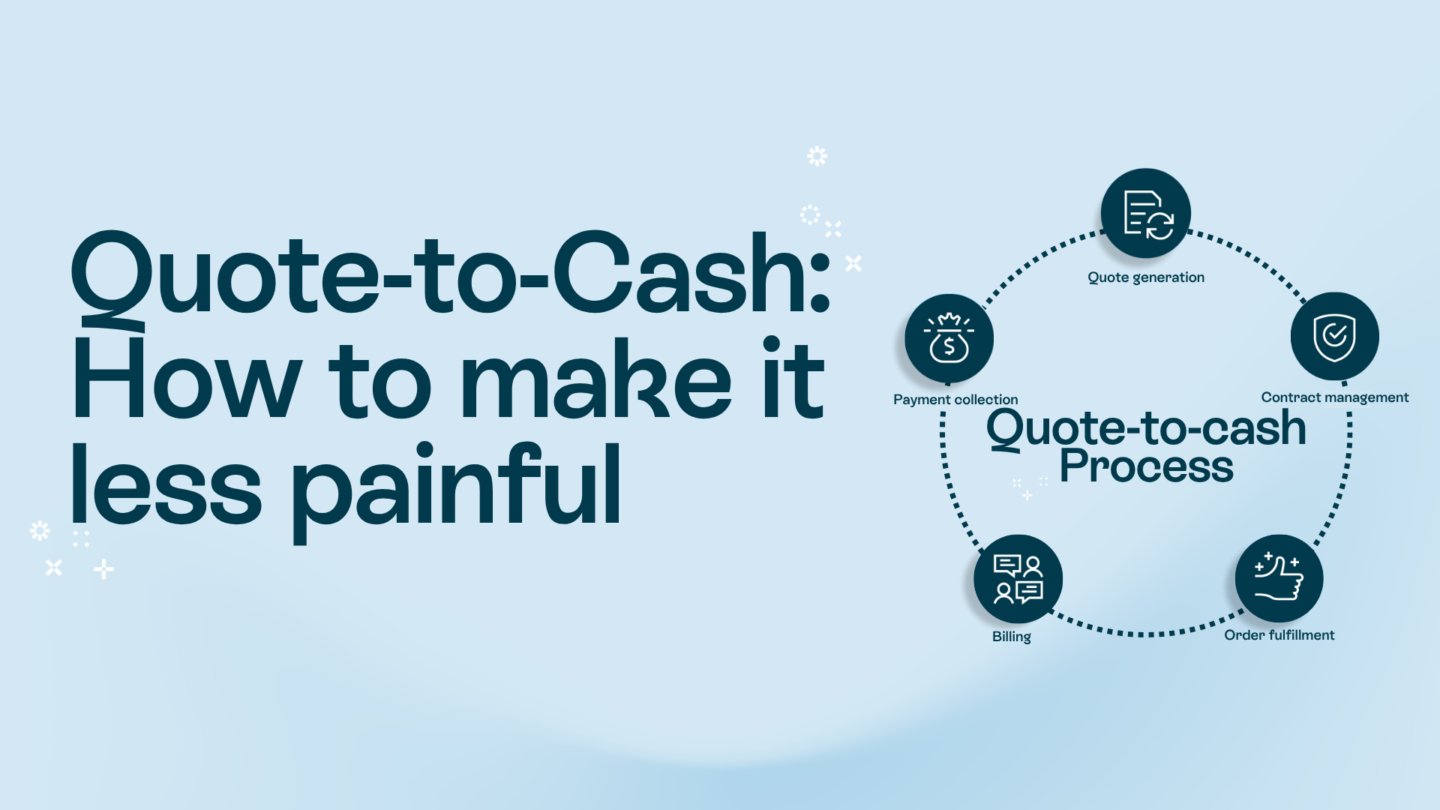On top of conducting a survey that collected responses from over 100 people in the world of sales. We reached out to a few particular experts on the subject. We wanted to pick their brains on questions we felt were the most prevalent when it comes to constructing a sales tech stack.
This series has been about sales tools being included in your tech stack. About how these tools help salespeople become better at their job, and save them time and effort in some way, shape, or form. Obviously, that’s the end goal, but sometimes things can get lost along the way. But what is it that gets lost? And what should we focus on when crafting a sales tech stack?
We posed the following questions to notable, proper sales leaders to pick their brains on sales tech stacks.
- What part of the Sales process will always require a human aspect?
- What’s more important, the tool or how the tool is used?
- What is the biggest mistake a person can make when using a tool in their sales tech stack?
Here are the answers, in their own words.
Martin Hennig Morrissette, Customer Success at Salesforce
What part of the Sales process will always require a human aspect?
First of all you need a lot of human brain power to come up with a structure that lets you generate, capture, and nurture leads using automated processes. Technology, such as advanced/well executed marketing automation, can mimic human touch quite well in the middle of your lead/sales management as long as all prospects feel valued, understood, and well looked after. But, in order to truly earn our customer’s trust we still often also need human interaction towards the end of sales cycles, certainly in high value B2B sales. So in short – I’d say a human aspect is important at the beginning and at the end of the sales process.
What’s more important, the tool or how the tool is used?
In many cases how the tool is used is more important. The MarTech/SalesTech landscape is vast with many different solutions that serve fairly similar purposes. Pick a leading solution, get familiar with it, and push it to its limits. That being said, the wrong tool will likely get you nowhere (everything’s a nail to a hammer).
What is the biggest mistake a person can make when using a tool in their sales tech stack?
Using it wrong, not using it enough, or using too many tools simultaneously. I have seen many redundancies in tech stacks in the past, tools with overlapping capabilities. It doesn’t really matter how many tools you accumulate, if you don’t know how to use them. Quality > quantity (works for team members as well).


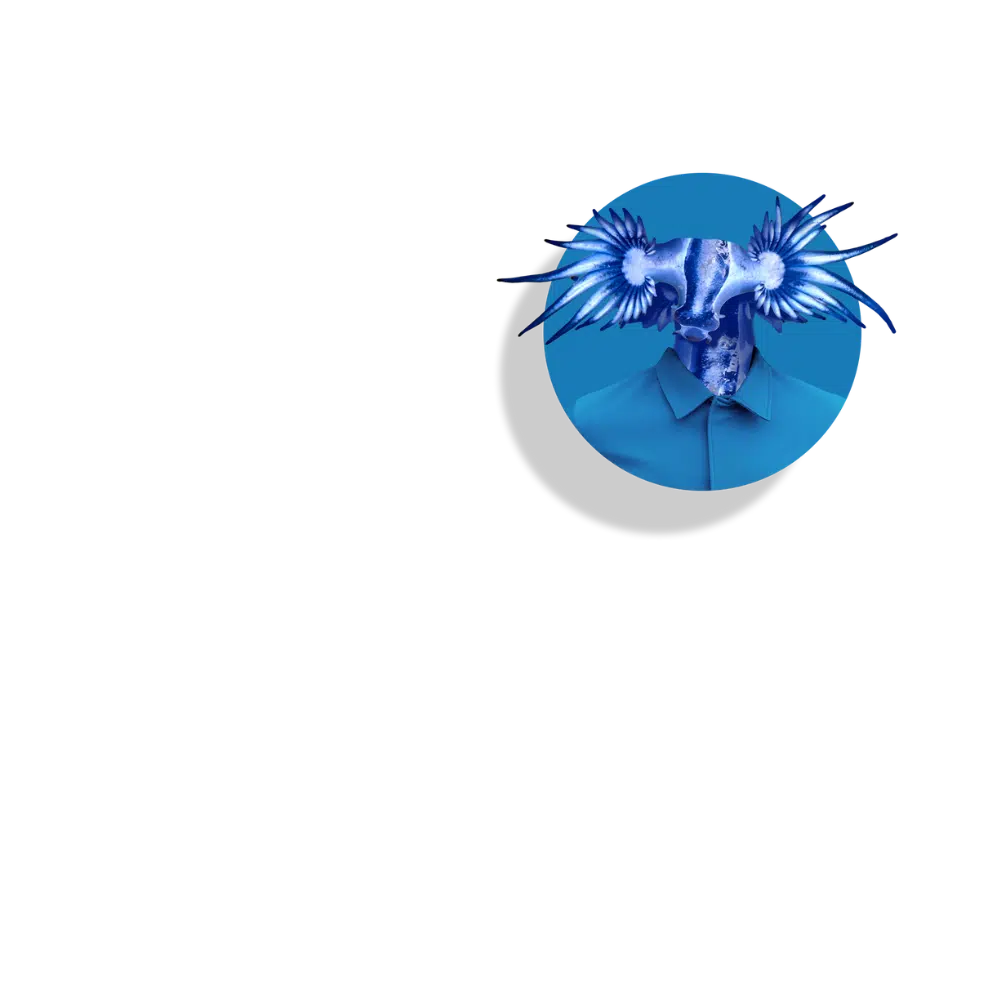

Discover your sales assassin alias
And get the tech stack that will support your killer vibe.
Fredrik Selander, CMO at SuperOffice
What part of the Sales process will always require a human aspect?
Unless you work with pure transactional sales, there will always be a need to talk to a human. Even more so if you sell a rather complex product.
The human aspect, and the way we build relationships with one another is a way to cope with the assumed risks associated with a purchase decision. This is something humans has done for centuries, and I believe this will continue even in the future.
You could argue that it is now possible to buy an electric car for 70k USD online, and that salespeople are not needed. But the reason it is possible is because the brand is trustworthy, and the product is heavily standardized. If you want to buy a black Tesla, you know what you will get. If you buy an ERP software or a new house, you might want someone to hold your hand.
What’s more important the tool or how the tool is used?
I guess this question has an obvious answer 😀.
The way we use the tool is of course the most important aspect. Only then you will realize the full benefit or the tool. The product team creating the tool has most likely spent thousands of hours to figure out how to solve the problem at hand in the most efficient way.
What is the biggest mistake a person can make when using a tool in their sales tech stack?
For the individual user, I would say that you should invest the time needed to truly understand how it can help you in your day-to-day operations. It’s crazy if you work in your CRM several hours a day and haven’t learned all the tools available.
For Sales Ops it is crucial that the tech stack supports the business outcome, not only the internal processes. I’ve seen far too often that you might have optimized the setup for internal needs, but miss out what matters the most. Namely the customers.
Example: You might have created a super smooth process to handle event registrations, optimizing and automating all data processing and follow-ups. To enable this, you have a web form with 8-10 fields for the customer to fill in. You have the data for internal needs, but instead you deliver a subpar customer experience and will likely lose signups and engagement. What’s most important for the business? To save 30min of admin or getting 20% more prospects on the hook? Or to collect phone numbers for sales to do cold outbound to people who’re not ready to talk?
George Brontén Founder/CEO of Membrain
What part of the Sales process will always require a human aspect?
To me, buyers can extract better value by exploring the problems and desired outcomes more thoroughly – early on. A professional seller’s business acumen and questioning can assist with this.
This need for human engagement is the largest if the problem, solution, and/or the needed internal consensus is not apparent to the potential buyer – as is often the case in complex b2b sales.
What’s more important the tool or how the tool is used?
The use of it – a fool with a tool is still a fool :).
What is the biggest mistake a person can make when using a tool in their sales tech stack?
The mistakes can vary depending on the tool, but generally, I believe the biggest mistake is changing one’s processes to fit the technology rather than the other way around.
Sara Larsen, Senior Sales Executive at Leadoo Marketing Technologies
What part of the Sales process will always require a human aspect?
The transactional sales will continue to go down the road of complete digitalisation – we as B2B buyers don’t need a human touch to purchase simple software, tools or products.
According to a McKinsey-survey from 2021 we are willing to purchase high value products or services completely void of human interaction.
The B2B-buyers are telling us this, but we as suppliers keep trying to force our buyers into meetings and demos… 😀 It’s ridiculous if you ask me.
“Buyers are more willing than ever before to spend big through remote or online sales channels, with 35 percent willing to spend $500,000 or more in a single transaction (up from 27 percent in February 2021). Seventy-seven percent of B2B customers are also willing to spend $50,000 or more.”
On the other hand, 77% (Gartner) of B2B buyers state that their last purchase was hard or very hard to complete – multiple reasons behind that as well.
The more complex the sale is – the more the purchase impacts the buyer’s organization – the more human touch is needed.
BUT we need to understand that the sales role the customer is expecting(and not getting today from most sales reps) for is a very consultative approach, rather than pushing product or features.
The baseline is:
We need to move up the value-chain to a consultancy approach in our sales roles so that we can contribute in a much more meaningful way to the buyers situation and buyer’s journey.
If you don’t – you will be replaced by digital buyers journeys.
What’s more important – the tool or how the tool is used?
Always how the tool is used. There are amazing sales tools out there. And it always comes back to usage to get value. I have seen so many software-projects fail on the simple fact that the usage is not there.
Looking at CRM, digital signing-software, Sales intelligence software, marketing automation – all the value comes from the user. The tool is just a tool – and the phrase “shit in, shit out” should be replaced with “No user activity, no value”.
Then the tool has no value.
What is the biggest mistake a person can make when using a tool in their sales tech stack?
The biggest mistake a salesperson can make is not taking full advantage of the available tool functionality – on the simple fact that they haven’t learned the full functionality. (Yes, you can own that shit yourself…if the vendor is not teaching you, request it. If your manager isn’t teaching you, request it. There is also YouTube and other places to find videos and do research. Own it)
You are wasting hours, deals and money on the table when you are not levering the tools you have access to.
Max Ek, Enterprise Account Executive at Asana
What part of the Sales process will always require a human aspect?
I think several steps in the sales process will require the human aspect, the discovery probably the most important one, given that the people evaluating new solutions, do not always understand themselves what the root cause for their problem is or the impact it may cause. The second most important part of value-based solution selling is connecting with the prospect, and recommending the right solution to their problems, as the tech itself normally doesn’t solve problems.
What’s more important – the tool or how the tool is used?
How the tool is being used is definitely more important, simple tools can solve complex problems and save time, whereas the opposite might not be true.
What is the biggest mistake a person can make when using a tool in their sales tech stack?
Overcomplicating the use of the tool, the key to product adoption is making it part of the day-to-day habit, adding friction to the daily use of a tool reduces the use of the tool, hence, reducing the impact and benefit it could potentially yield.
Picking the minds of experts is always a good idea. Where you can learn lots, and these pros certainly had a lot of great things to say when it comes to sales tech stacks. Looking for inspiration on what to put in yours? Then look no further.
